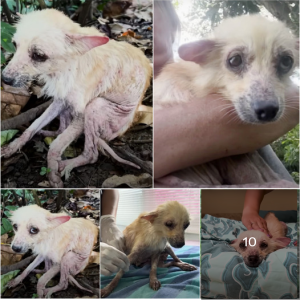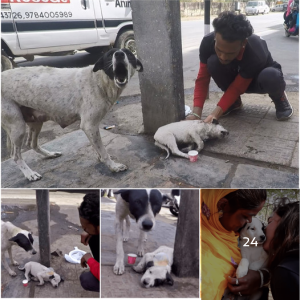In a daring operation focused on preserving the safety of humans and wildlife, a stranded elephant was at the heart of a successful rescue and release mission.
The remarkable event unfolded at Mwea National Reserve on June 11, 2017, orchestrated by collaborative efforts from the Kenya Wildlife Service (KWS) teams stationed in Mutomo, Kitui County, Mwea, and Ol Donyo Sabuk.

The elephant, having ventured beyond the confines of Mwea National Reserve, roamed through villages on the boundary of Kitui and Machakos County, posing threats of crop damage and potential harm to humans and livestock.
Despite their best efforts to guide the elephant back, local teams encountered challenges that necessitated a well-coordinated capture-and-release operation.

Initiated with a helicopter-assisted darting using 20mg Etorphine hydrochloride in a 3ml dart, the operation strategically moved the elephant to open ground before the effects of the drug took hold.
To ensure a secure and controlled environment during transportation, the elephant’s trunk was straightened, its eyes covered with the ear flap, and regular water dousing maintained its temperature.
Upon a thorough physical examination, superficial wounds on the trunk and shoulder were identified and treated with Povidone iodine.

The elephant received intramuscular doses of antibiotics and Catosal, a multivitamin.
Subsequently, a crane delicately hoisted the elephant onto a flatbed truck, securing it in lateral recumbence with ropes.
In a deep sedated state, maintained with intravenously administered Etorphine hydrochloride doses, the elephant covered a distance of 120 kilometers over 3 hours and fifteen minutes.

A carefully chosen site within Mwea National Reserve, near a water point, served as the release location.
The anesthesia reversal, achieved with 30mg Buprenorphine hydrochloride, brought the elephant back to its feet within three minutes.
Initially displaying a staggering gait due to hind leg numbness, the elephant gradually regained its full mobility as it walked away.
This successful translocation stands as a pivotal conservation effort, ensuring the well-being of both the elephant and the local community.




